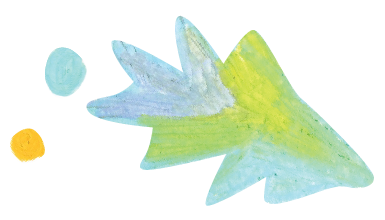Library
-
Hospitals providing curbside care have restructured their practice to avoid the need for clients to enter the lobby and exam rooms. This measure was designed to promote physical (social) distancing during the COVID-19 pandemic; however, it may be used in other situations. This handout discusses the benefits and best practices of curbside care.
-
Cushing's disease is a condition in which the adrenal glands over-produce certain hormones. It may be caused by a pituitary gland tumor, an adrenal tumor, or prolonged corticosteroid use. Clinical signs include poor haircoat, pot-bellied appearance, increased drinking, and increased urination. Medical and surgical treatment options are discussed. Prognosis varies but is improved with intervention.
-
Lymphoma is a type of cancer that is common in cats. When it occurs in the skin, it is called cutaneous lymphoma, but this form is quite rare. Feline cutaneous lymphoma can present various clinical signs, including itching, alopecia (hair loss), scaly skin, skin redness, loss of skin color, ulcers, nodules, pustules, and plaques.
-
Cuterebra is the scientific name of the North American rabbit or rodent botfly. Cats are accidental hosts of Cuterebra larvae (also called warbles). Botfly larvae encyst (burrow in) the skin. A small “breathing hole” is often visible in the skin over the warble, and this hole can become infected when the larvae matures and leaves. Signs and treatment are discussed.
-
Blue-green algae, also called cyanobacteria, are found in fresh and brackish water of ponds and lakes. These microscopic bacteria can also grow in backyard fountains, garden pots, bird baths, and anywhere water is stagnant. Regardless of where they are found, cyanobacteria can be dangerous.
-
Cyanocobalamin (vitamin B12 or cobalamin) is a vitamin supplement used to treat systemic deficiencies. It can be given through a subcutaneous injection or oral tablet. The injection may sting temporarily, but otherwise is very safe. If a negative reaction occurs, call your veterinary office.
-
Cyanosis is a bluish discoloration of the skin and mucous membranes of the body caused by inadequate oxygen levels. Cyanosis is an emergency, and the root cause may be life-threatening and may or may not be reversible. Once back home, homecare instructions must be followed carefully.
-
Cyclophosphamide is given by mouth or injection and is used off label in cats, dogs, horses and rabbits to treat various cancers, such as lymphoma, leukemia, carcinoma, and sarcoma.
-
Cyclosporine ophthalmic ointment is an immunosuppressant used in the treatment of eye diseases suspected to be immune-related, including keratoconjunctivitis sicca (KCS) and other inflammatory conditions of the eye. Cyclosporine comes as an ophthalmic ointment but may sometimes be compounded into a higher concentration ophthalmic solution for pets not responding to the ointment. It is important to remember that it may take days to weeks to notice improvement. Do not stop giving the medication without asking your veterinarian. If signs of serious side effects or immune suppression occur, contact your veterinarian immediately.
-
Cyclosporine (Atopica®) is given by mouth and is used to treat immune-mediated diseases, such as atopic dermatitis (skin allergies), in cats and dogs, and other immune-mediated conditions.

